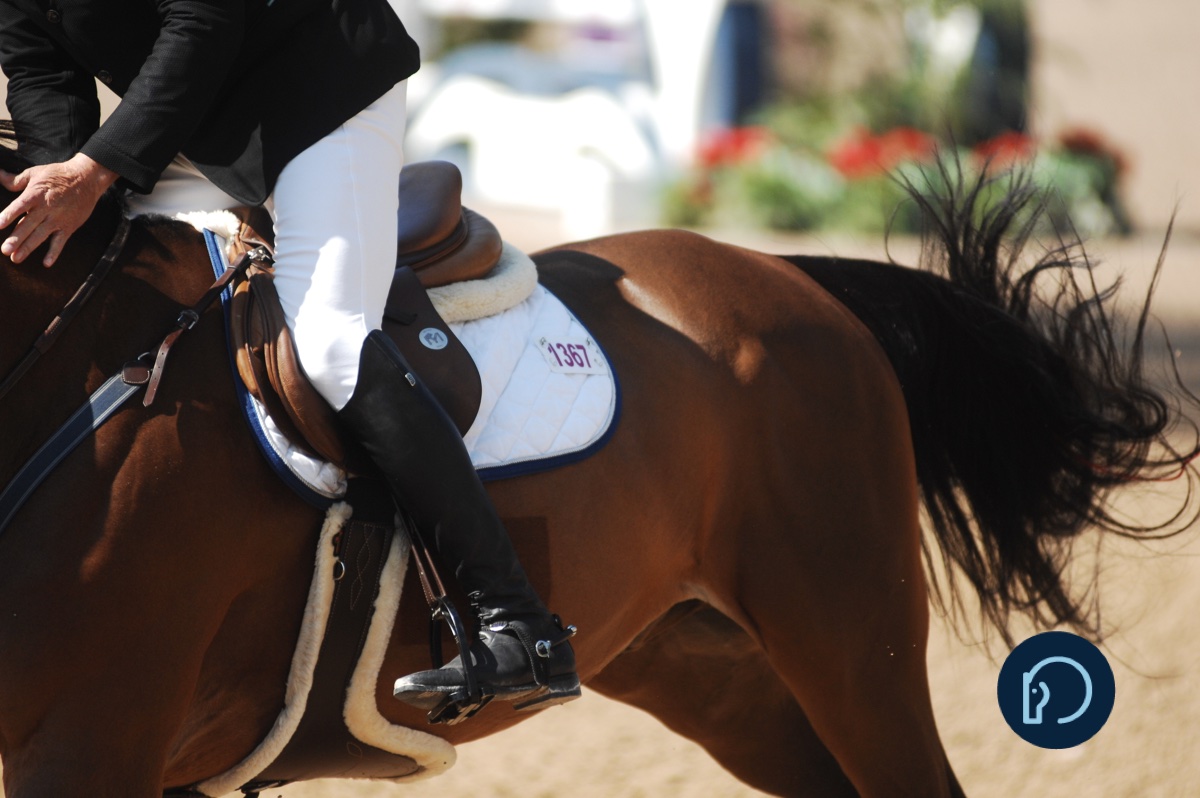Safety Tips for Competitive Riders
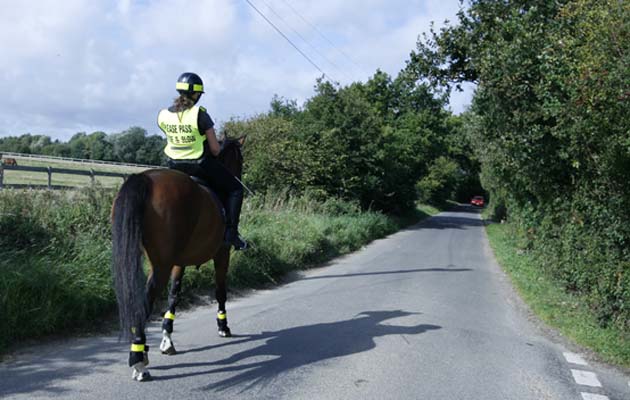
Competitive riding is an exhilarating sport that demands skill, focus, and above all, safety. Whether you’re a seasoned rider or just starting out, understanding and implementing safety measures can protect you from injuries and improve your performance. This article provides detailed safety tips tailored for competitive riders, ensuring you stay safe while pushing your limits.
Why Safety Matters in Competitive Riding
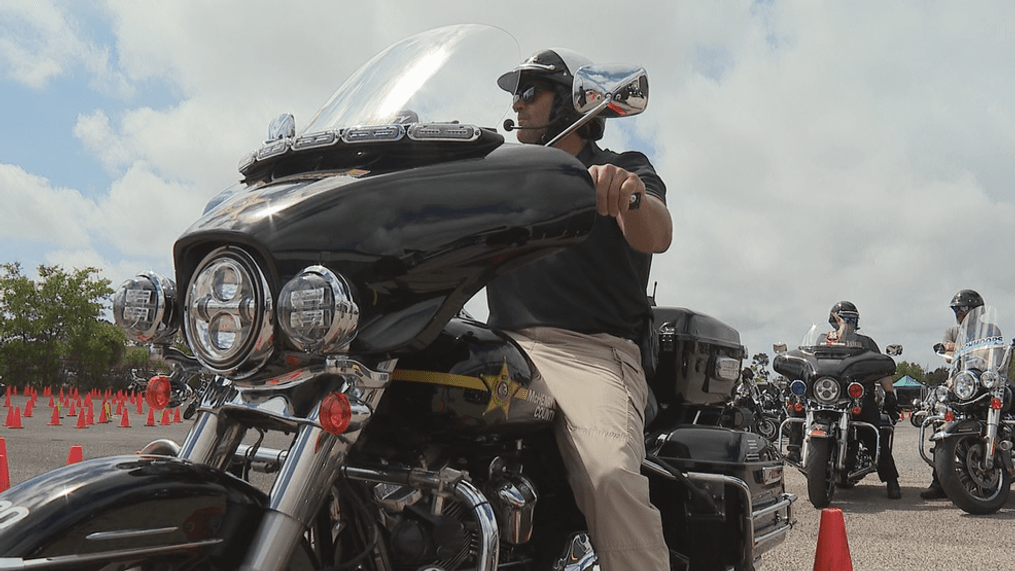
Competitive riding involves high speeds, complex maneuvers, and close proximity to other riders, increasing the risk of accidents. Prioritizing safety helps prevent injuries, builds confidence, and allows riders to perform at their best.
Essential Safety Gear for Competitive Riders
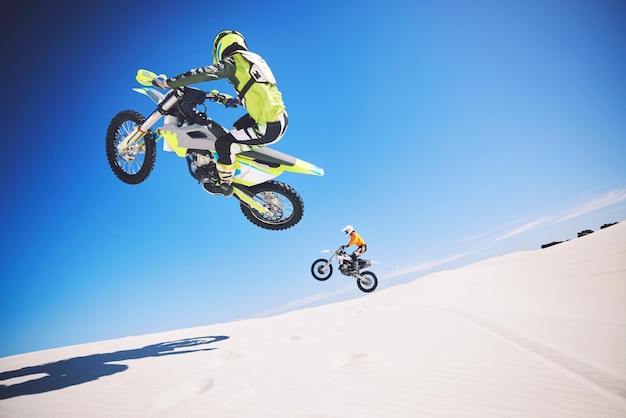
| Gear Item | Purpose | Tips for Use |
|---|---|---|
| Helmet | Protects the head from impact | Choose certified helmets; replace after impact |
| Protective Vest | Shields torso and vital organs | Ensure proper fit; wear under jersey |
| Gloves | Protect hands and improve grip | Use padded gloves for shock absorption |
| Boots | Protect feet and ankles | Opt for reinforced boots with ankle support |
| Eye Protection | Shields eyes from debris and wind | Use shatterproof goggles or glasses |
Pre-Ride Safety Checks
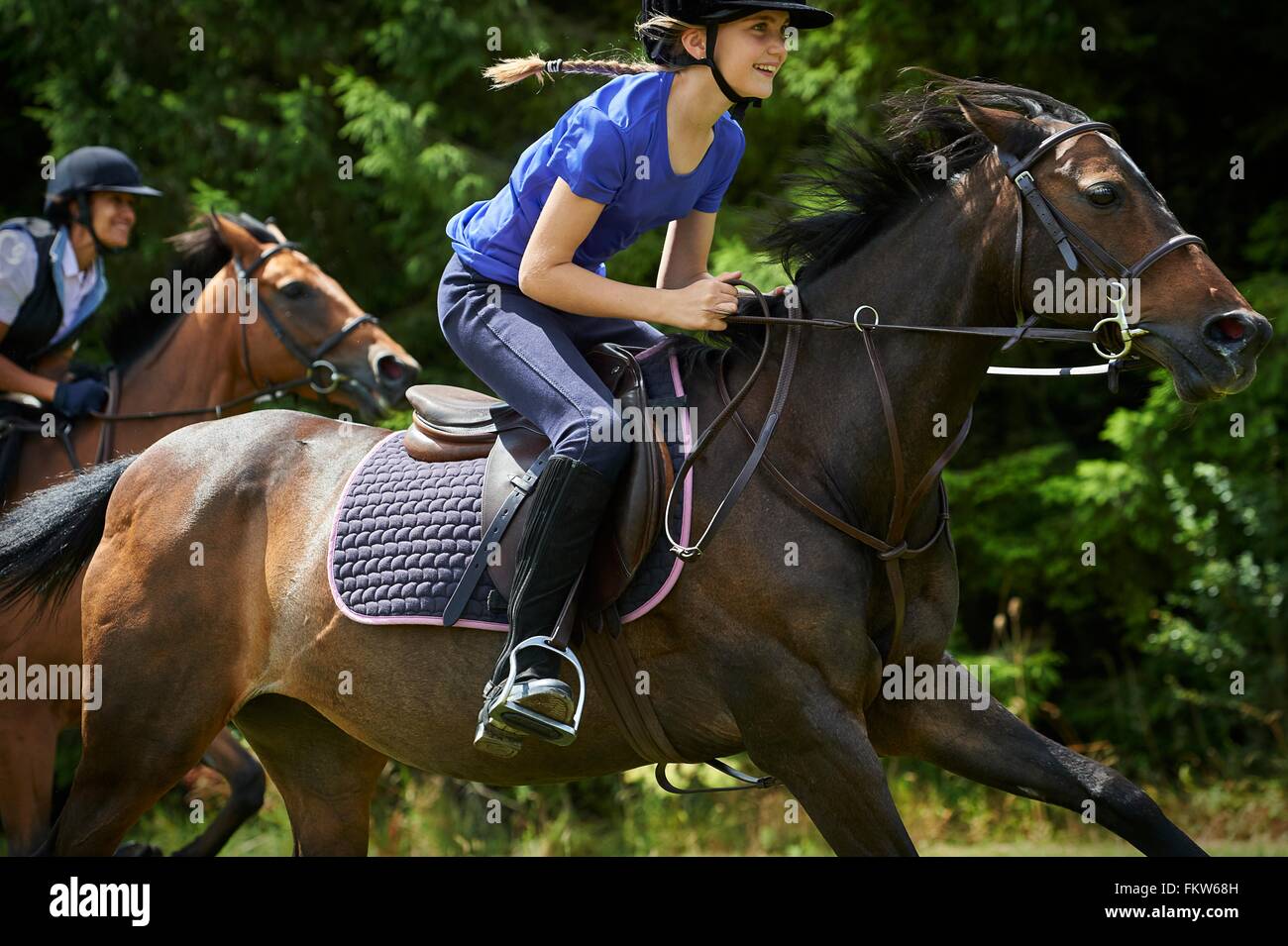
- Inspect your bike: Check brakes, tires, chain, and suspension.
- Adjust your gear: Ensure all protective equipment fits snugly.
- Warm-up exercises: Prepare your muscles to reduce injury risk.
Riding Techniques for Safety
- Maintain a controlled speed appropriate for the track and conditions.
- Keep a safe distance from other riders to avoid collisions.
- Use proper body positioning to enhance balance and control.
- Communicate intentions clearly with hand signals or verbal cues when possible.
Mental Preparation and Focus
- Stay alert and aware of your surroundings at all times.
- Develop a pre-race routine to calm nerves and enhance concentration.
- Learn to recognize signs of fatigue and take breaks as needed.
Emergency Procedures
- Know the location of medical personnel and emergency exits at the venue.
- Carry a basic first aid kit during practice sessions.
- Understand how to safely dismount and move away from the track in case of a fall.
Frequently Asked Questions (FAQ)
Q1: How often should I replace my helmet?
A: Helmets should be replaced every 3-5 years or immediately after any significant impact.
Q2: What is the best way to prevent injuries during competitive riding?
A: Consistent use of protective gear, proper training, and adherence to safety protocols are key.
Q3: Can I ride competitively without professional training?
A: While possible, professional training greatly reduces risk and improves performance.
Conclusion
Safety is paramount in competitive riding. By equipping yourself with the right gear, performing thorough pre-ride checks, practicing safe riding techniques, and maintaining mental focus, you can enjoy the thrill of competition while minimizing risks. Remember, the goal is to ride smart and stay safe!
